Most manufacturers don’t have a data problem. They have a decision problem.
In fact, most manufacturers are drowning in data - machines stream data 24/7. Dashboards display utilization, OEE, and throughput. Reports get generated, distributed, and filed. Notes are taken and passed along for the next shift. SOPs are built, distributed and (hopefully) updated. But despite all this digital infrastructure, shop floor execution is still largely manual - driven by tribal knowledge, verbal updates, and reactive decision-making.
That’s where Production Intelligence comes in.
What is Production Intelligence?
Production Intelligence is a system's ability to interpret production context and act on it in real time. It bridges the gap between planning and execution by embedding decision-making directly into the flow of production - automating guidance, resolving issues, and keeping production aligned with business goals.
More Than Monitoring: Rethinking Factory Systems
Legacy MES systems were built to log what happened, not to improve how it happens. Operators are expected to manually scan barcodes, click through menus, and enter shift details, generally while juggling their actual production tasks. Supervisors sift through fragmented logs and timestamps, trying to piece together what caused a delay or how a job ran. Problems are spotted only after the fact: a report shows a missed target, a whiteboard reveals a machine ran idle for hours, or a team huddle surfaces yesterday’s bottlenecks. Dashboards help visualize the data, but they surface symptoms (not causes) and rarely suggest next steps.
Production Intelligence flips the script.
Instead of passively displaying information, intelligent systems learn from it. They interpret what’s happening, understand whether it matters, and guide the next best action - automatically.
We’re no longer talking about visibility. We’re talking about cognition.
The Execution Gap
ERP systems generate detailed plans: what to run, when to run it, and how long it should take. But the minute the shift starts, that plan collides with reality. A tool breaks. Material doesn’t arrive. A setup takes longer than expected.
Those micro-disruptions add up. And because most systems only capture what happened after the fact, leaders are left reacting too late, with too little context.
The result?
- Missed delivery dates
- Manual schedule changes mid-shift
- Reactive firefighting and poor resource allocation
What is the Execution Gap?
The Execution Gap is the growing disconnect between what the ERP system plans and what actually happens on the shop floor. It’s caused by real-time disruptions, such as equipment failures, delays, or human workarounds, that traditional systems fail to account for in the moment.
Production Intelligence closes this gap - not by replacing ERP, but by keeping it aligned with what’s really happening.
From Automation to Intelligence
The industry has spent decades automating physical labor with robots, CNC machines, and PLCs. But cognitive labor? The micro-decisions that drive throughput and quality? That’s still overwhelmingly manual - and almost entirely driven by humans.
Production Intelligence begins where automation stops. It embeds real-time decision-making into the flow of production:
- Detect a deviation from plan? Flag it and suggest a resolution.
- Setup taking longer than usual? Notify the right support, pull SOPs, or escalate if needed.
- Part cycle time trending down? Push an updated plan to ERP.
Production Intelligence ≠ Dashboards
Dashboards are helpful and will continue to be helpful - but they can only do som much.
While a real-time digital dashboards show you what’s happening, few tell you what to do next. And the dashboard is certainly not going to take action on your behalf.
Production Intelligence is embedded, not displayed. It’s:
- A message to an operator: “Setup time is over target - here’s what usually helps.”
- A notification to a planner: “Job 12 won’t meet its deadline - suggest rescheduling to new machine.”
- An automatic ERP update: “Cycle time for Part X has changed - here’s the new average.”
With context about the business and operations, these automated activities begin to take shape - something that pure production data alone could never do.
Why Now?
The volatility and competition of modern manufacturing demands real-time adaptability. The old operating models, especially with the proliferation of AI, are evolving rapidly.
Factories that embed intelligence into their operations aren’t just faster. They’re more resilient, more accurate, and more aligned across every shift.
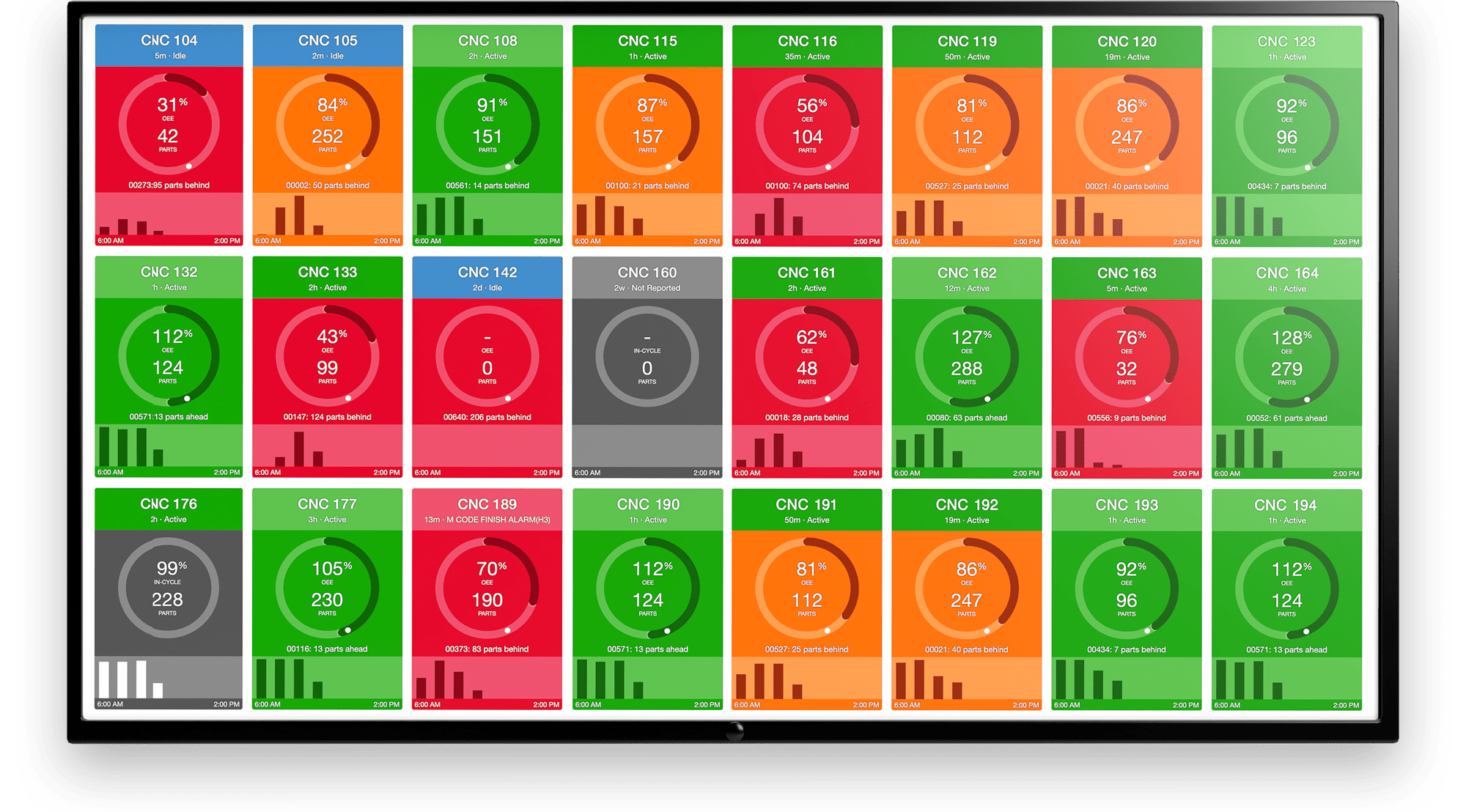
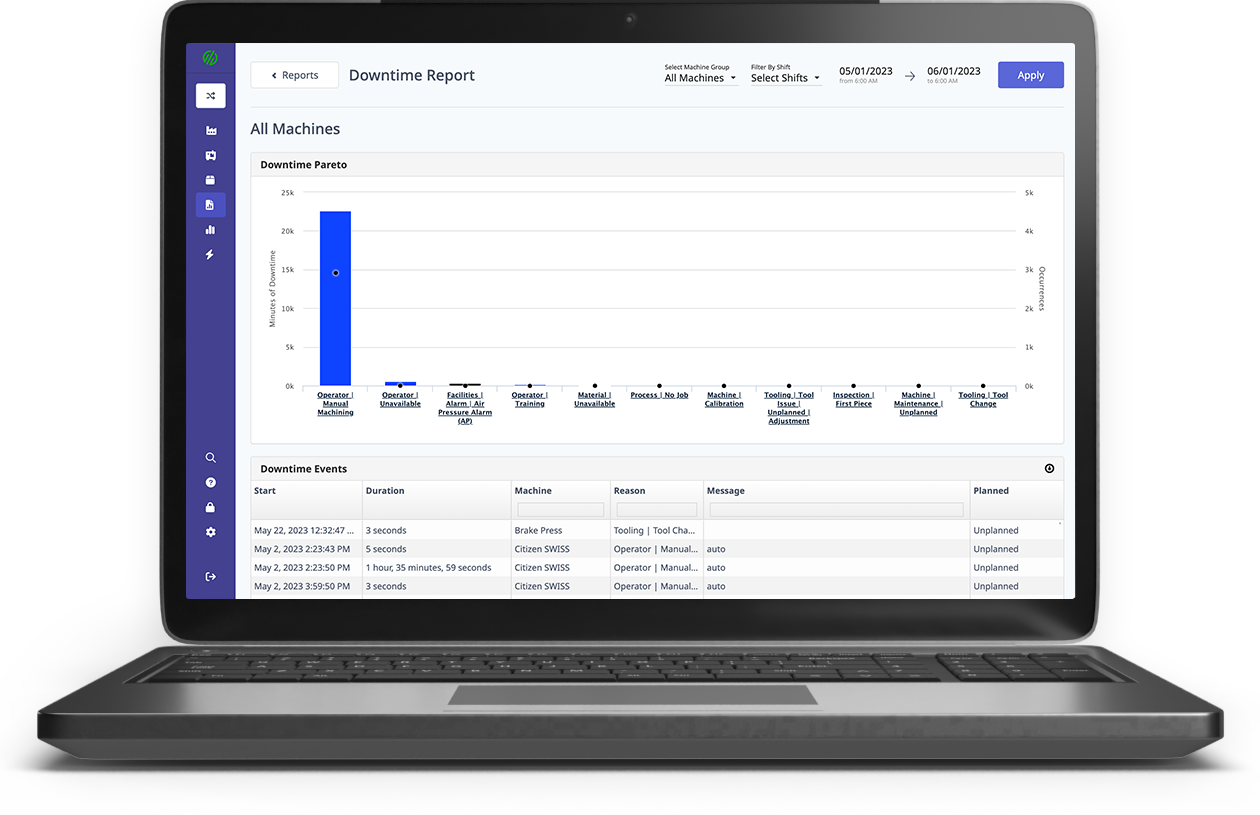
.png?width=1960&height=1300&name=01_comp_Downtime-%26-Quality_laptop%20(1).png)

.gif)
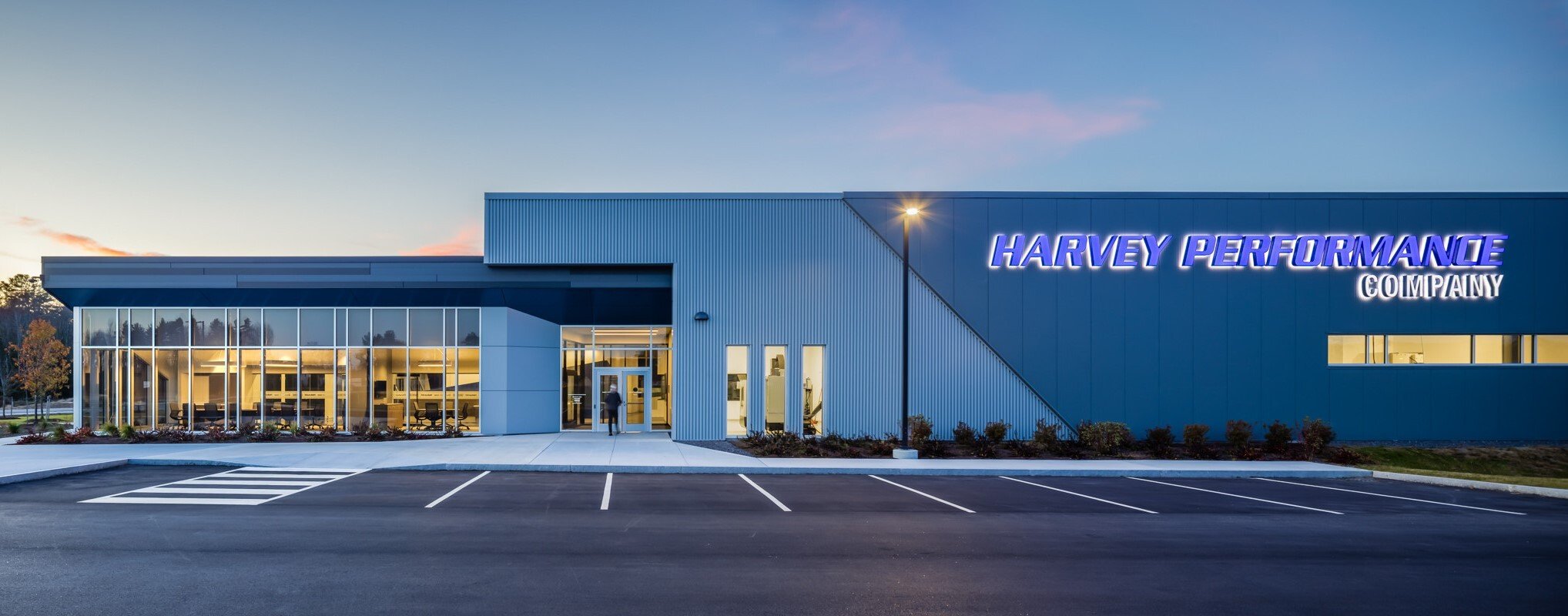
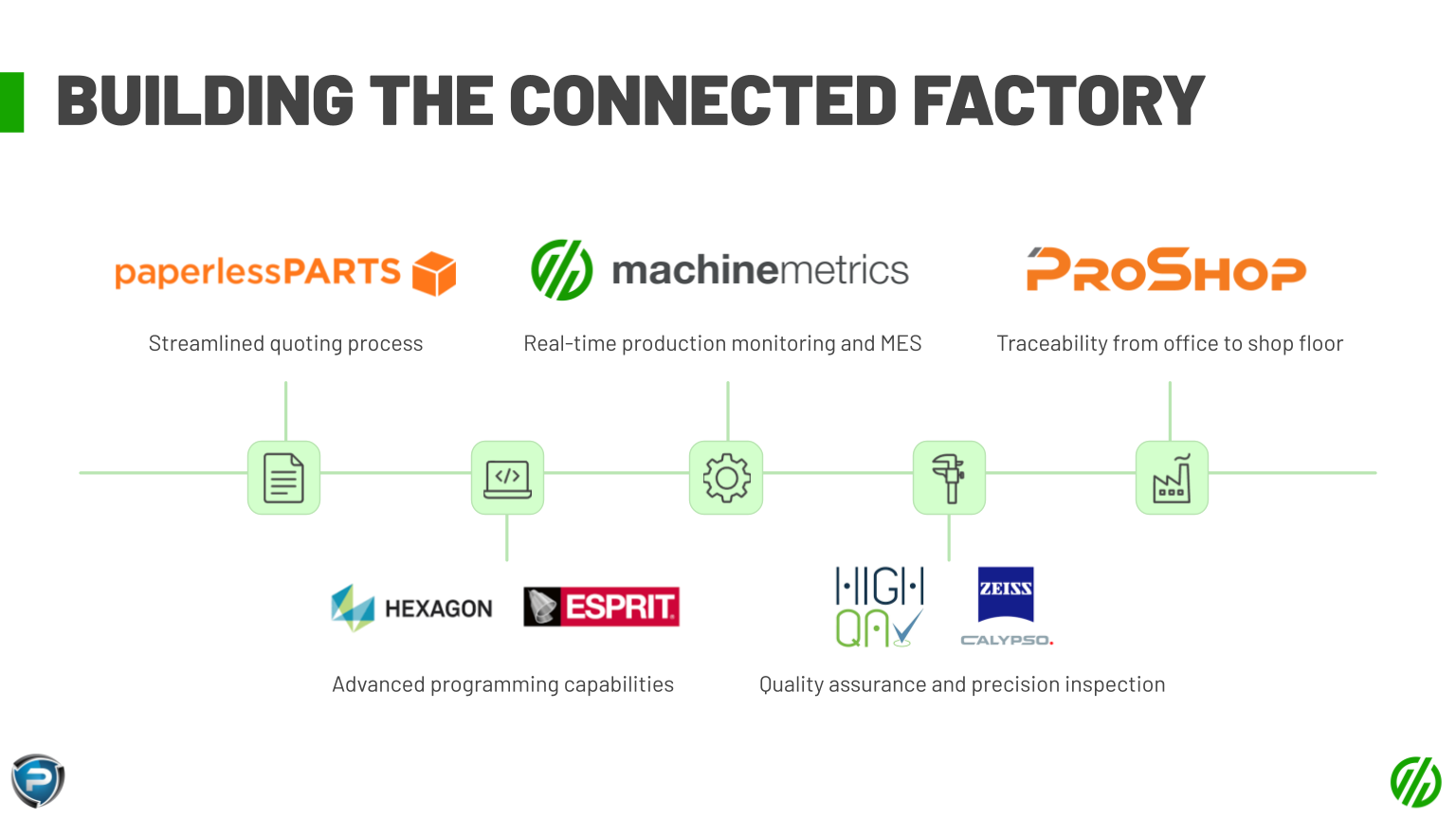

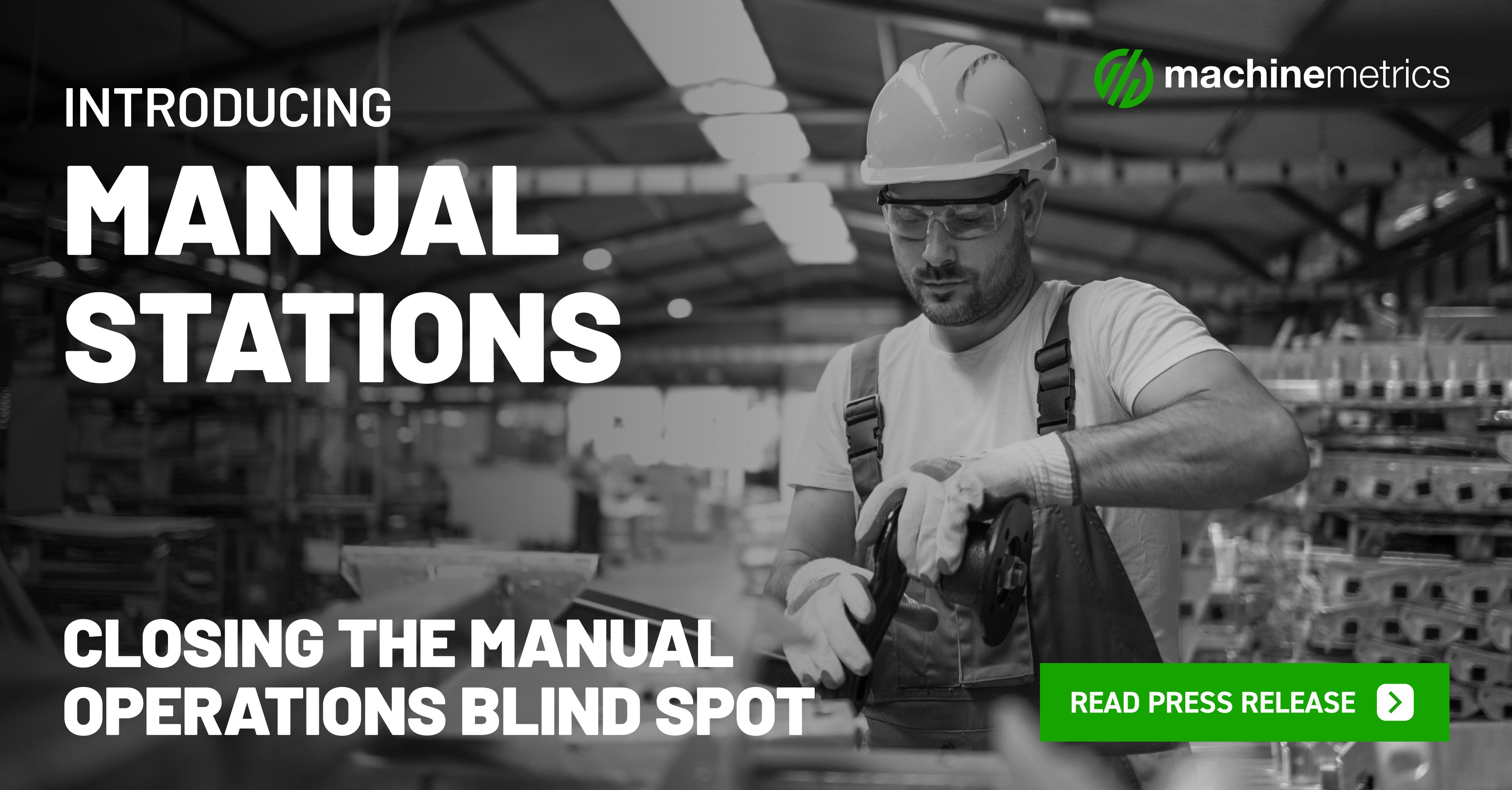
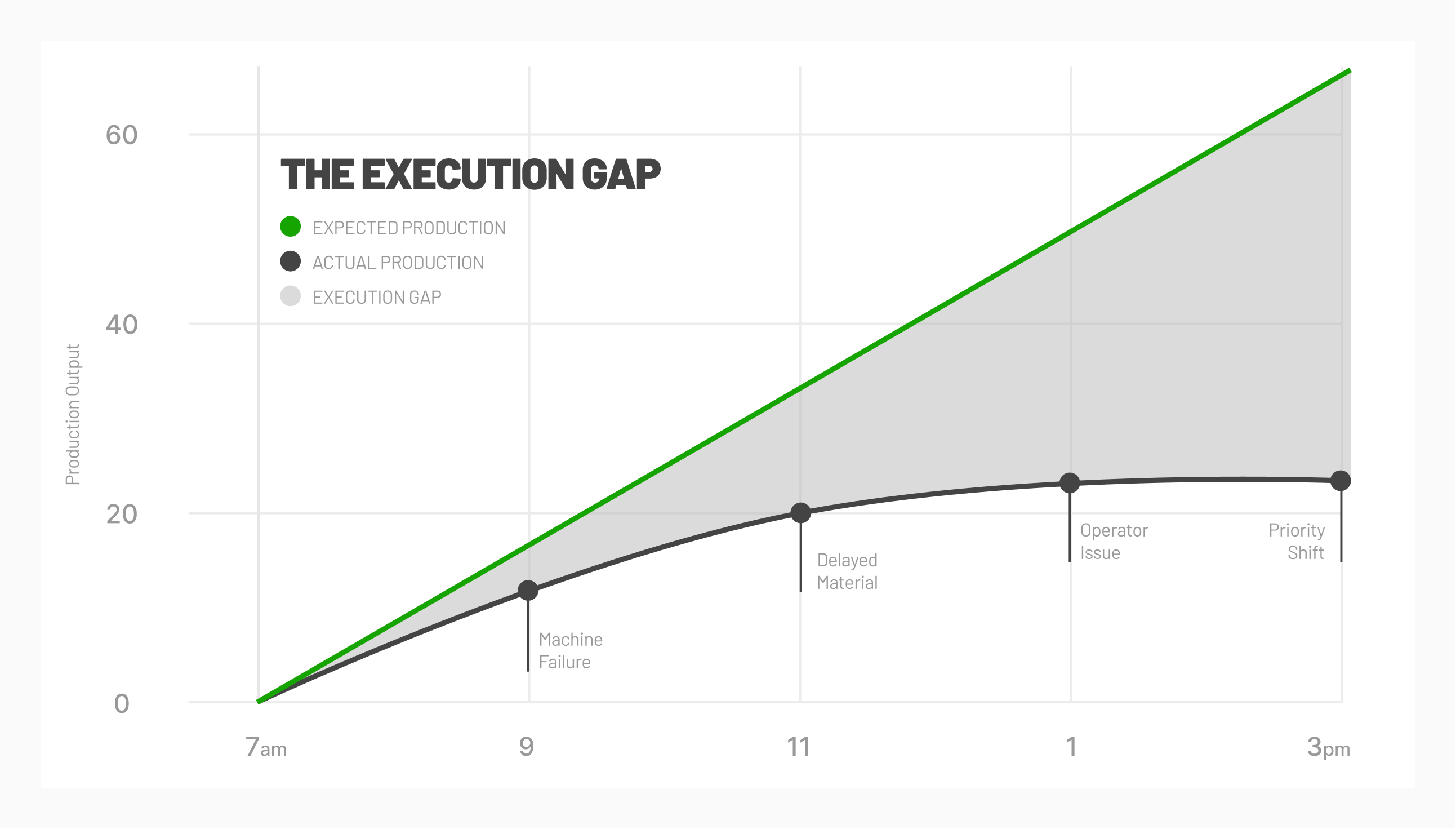


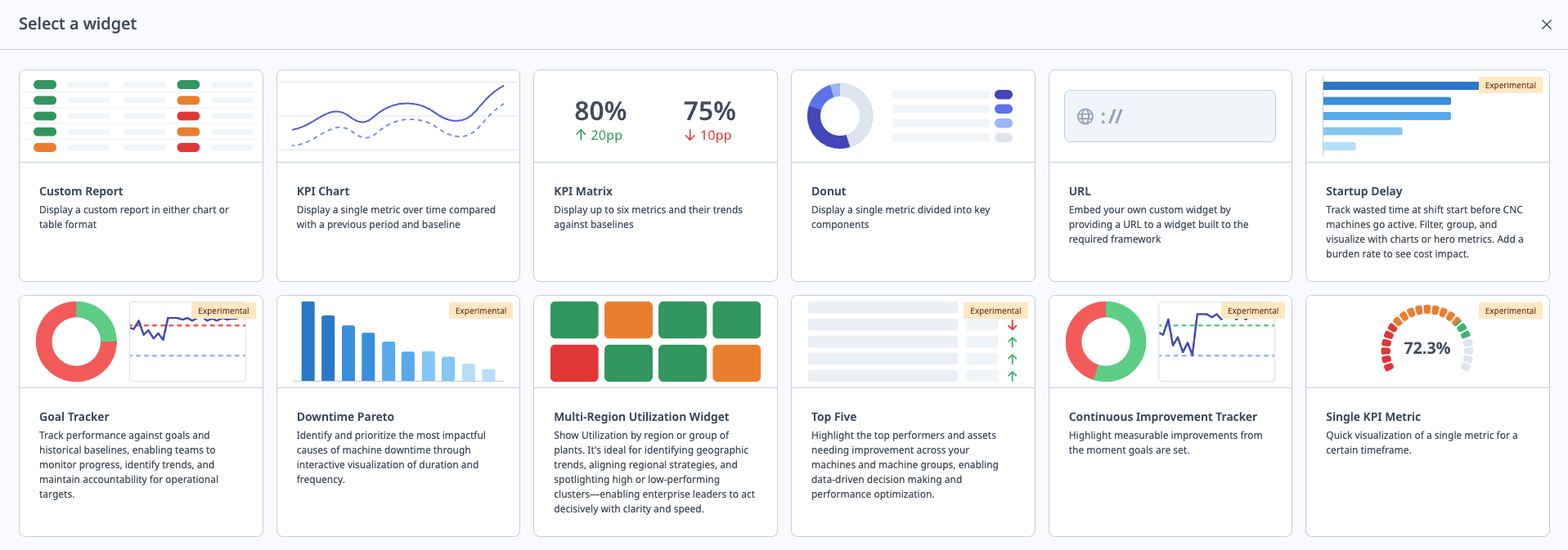
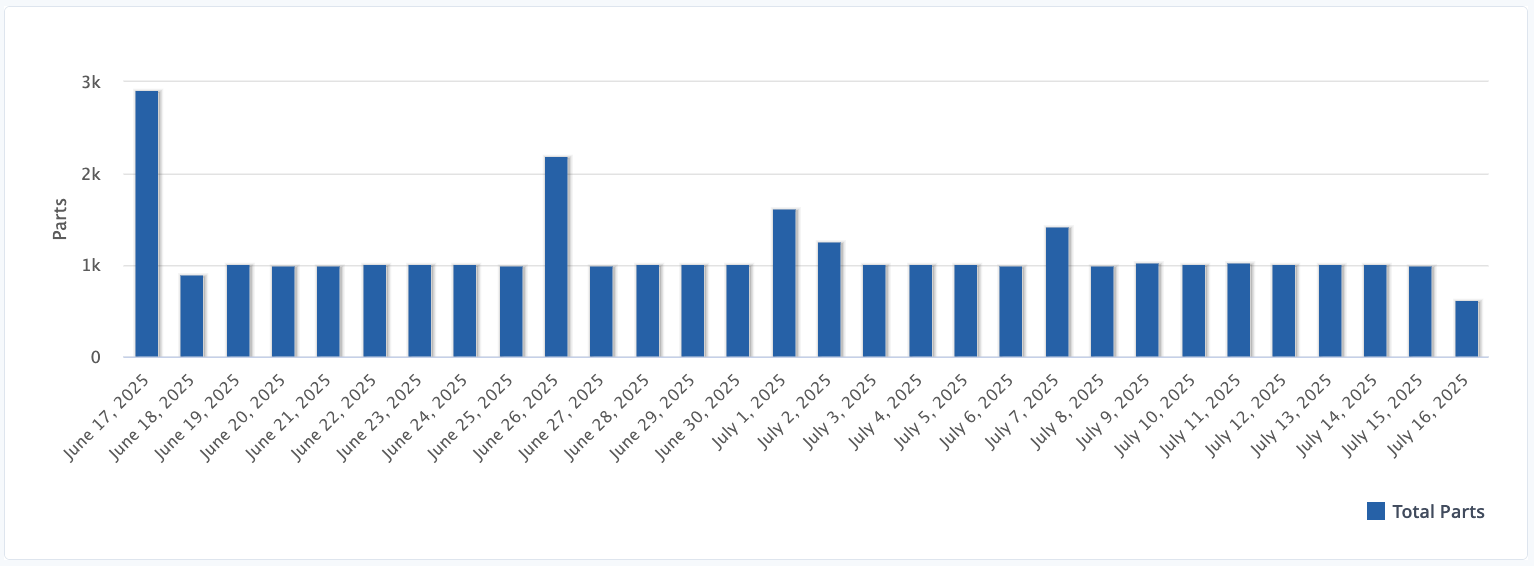
Comments